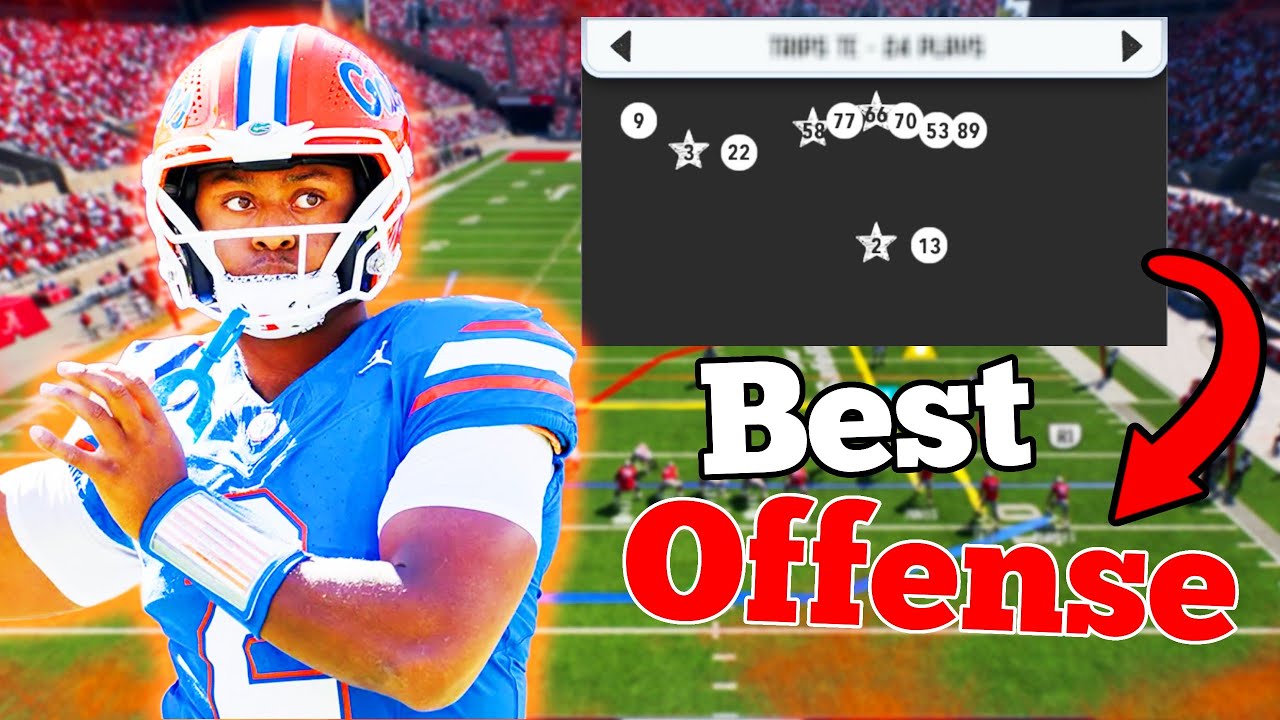In College Football 26, a strong defense is absolutely vital for success. While it`s tempting to simulate defensive drives or rely solely on coach suggestions, truly concentrating on your defensive strategy can significantly alter the game`s outcome. To make this easier, choosing the right defensive playbook is paramount. Most game modes offer the flexibility to select any team`s offensive and defensive playbooks, providing you with a wide array of plays to choose from.
Understanding defensive plays can sometimes be more complex than offensive ones. Therefore, this comprehensive guide details our top recommendations for the most effective defensive formations and playbooks available in CFB 26. You can even combine these to create a powerful, customized playbook tailored to your strategic preferences.
Optimal Defensive Schemes in College Football 26
When selecting a defensive playbook, you need to consider several factors. You should determine if you want to run a specific type of defense or opt for a versatile, all-around playbook that features plays from various formations. Regardless of your preference, this guide has you covered, outlining our top selections for the best defensive schemes that, when combined, form the most effective defensive playbook in the game.
3-4 Defense: A Balanced Approach

The classic 3-4 Defense, famously popularized by coaches like Bill Belichick, remains a dominant standard in CFB 26. This formation effectively counters various offensive plays by deploying three defensive linemen and four linebackers. Success in the 3-4 relies heavily on interior stability, with defensive tackles and inside linebackers being crucial for controlling the middle of the field. At the same time, your other linebackers are key to preventing exposed passing lanes. Players often find it effective to “user” control the middle linebacker for optimal pass coverage or a defensive tackle to generate pressure on the opposing quarterback.
3-3-5 Defense: Pressure and Coverage

Next up is the 3-3-5 defense, an alternative defensive playbook formation that utilizes three defensive linemen, three linebackers, and five defensive backs. Naturally, with one fewer lineman/linebacker, you`ll need to get creative when it comes to pressuring the quarterback.
Fortunately, the 3-3-5 defense often employs numerous safety and cornerback pressures to compensate for the missing pass rusher. You can also use your six linemen and linebackers to shoot different gaps on both passing and rushing plays. While the 3-3-5 defense can carry some risk if you don`t guess the right play or make the correct pre-snap adjustments, it can also be a truly difficult defense to play against if you manage to cover all your bases.
3-2-6 Defense: Prioritizing Pass Defense

The 3-2-6 defense is one you`ll want to use if you`re overly concerned about defending against the pass in CFB 26. Utilizing six defensive backs and only two traditional linebackers, you`ll find it challenging to get consistent pressure on the quarterback with this defense. However, that abundance of defensive backs makes it incredibly difficult for the quarterback to find any open receiver.
Moreover, this defense often makes use of speedier linebackers who also drop into coverage, meaning you might only have three defensive linemen trying to stop the run and get to the quarterback. As long as you can predict when a pass is coming and use the right plays accordingly, the 3-2-6 defense will be a thorn in the side of any opponent who wishes to pass the ball frequently.
4-2-5 Defense: Run Stop and Pass Flexibility

Finally, we have the 4-2-5 defense, which strikes a balance between the 3-2-6 and 3-3-5 defenses. Compared to the pass-heavy 3-2-6, the 4-2-5 focuses more on defending the run and getting to the quarterback. While you still have five defensive backs in the mix, one of them is often responsible for applying pressure from the outside. This, combined with four defensive linemen and one or two linebackers, makes getting to the quarterback much easier.
Of course, what makes the 4-2-5 great is its flexibility in defending against the pass. You can use all five defensive backs to drop into coverage along with your two linebackers. On plays where the offense takes time to develop, you can effectively cover all receivers and possibly get to the quarterback with your four linemen. However, be cautious, as quick passing plays might beat the 4-2-5`s structure.

